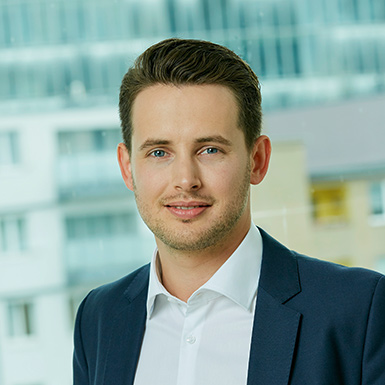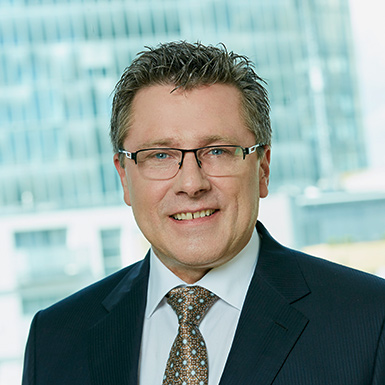Rock it Lean – A New “Operating System” Revolutionizes Cooperation in a Utilities Company
Fundamentally Transforming Ways of Thinking and Working
The energy transition presents German energy suppliers with ambitious challenges. One of Germany’s largest energy companies is heading in a completely new direction. Everyday working patterns and the way in which staff is managed has fundamentally changed and new skills are being developed. The introduction of the “lean methodology” in combination with behavioural and systemic adaptations are predicted to meet the demanding goals. The organisation will receive a completely new “operating system”.
Mission
The company is committed to a new way of thinking and working. Through the transformation program, they are striving to become the blueprint of a modern utilities company. The combination of lean management and systemic change should enable the company to successfully meet the growing expectations in the long term – preparing them for dynamic and at times even disruptive market changes.
Above all, consistency supports the change program in the planning, monitoring, and supervision of the transformation. In order to fully achieve the challenging and ambitious goals, the program must be understood, lived, and implemented as an integrated management system.
Although the program is largely standardised and its application defined in principle, the real challenges lie in implementation and the required flexibility and adaptability. The goal is to continuously increase the level of infiltration within the organisation, as well as to support participants along their “change journey” and with individual development.
Implementation
The program has three key areas of focus: Leadership Behaviour, Operational Excellence, and End-to-End Process Management. The focus is on continuous improvement and the pursuit of excellence. To achieve this, tasks which lie outside the comfort zone have to also be tackled. Transparency must be the foundation.
Plan, Do, Check, Act! The most demanding and challenging performance goals (leadership development, employee and customer satisfaction, and financial performance) will be achieved through the new skills and work practices.
The change journey’s progress is tracked by maturity levels, whereby the assessment is based on the degree of work and performance implementation. In addition, an established sustainability system for the maintenance and further development of working methods ensure the process of continuous improvement.
Conclusion
To successfully implement a transformation program of this magnitude, change must be consciously controlled. What should be achieved? How should it be achieved? And above all, why? Answers to these questions are critical to success. Once again, it is important to approach success in small steps, with constant review and adjustment. These factors are what make sustainable change successful.
For this purpose, we successfully combined lean and agile elements from different contexts to work towards common goals – rethinking the role of individuals and removing hurdles that hinder successful solutions.
“In my opinion, when it comes to the most demanding challenges in such complex transformations, two things count: Already instilled values and principals in project and corporate culture; and not trying to achieve everything at once, but rather to consciously allow time for change.”
Sascha Schwinke

“The majority of clients across all industries understand the necessity for change. Through lean management and agile transformation, the challenges associated with these comprehensive changes can be mastered and anchored in a sustainable way. We look forward to contributing to the continued success of such extensive programs with great appreciation, professional and methodical competence, commitment, and entrepreneurial engagement.”
Thomas Müller

3
Sub-Projects
> 400
EMPLOYEES INVOLVED
6
WAVES OF IMPLEMENTATION